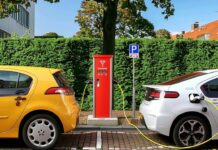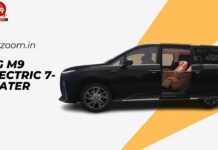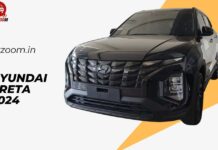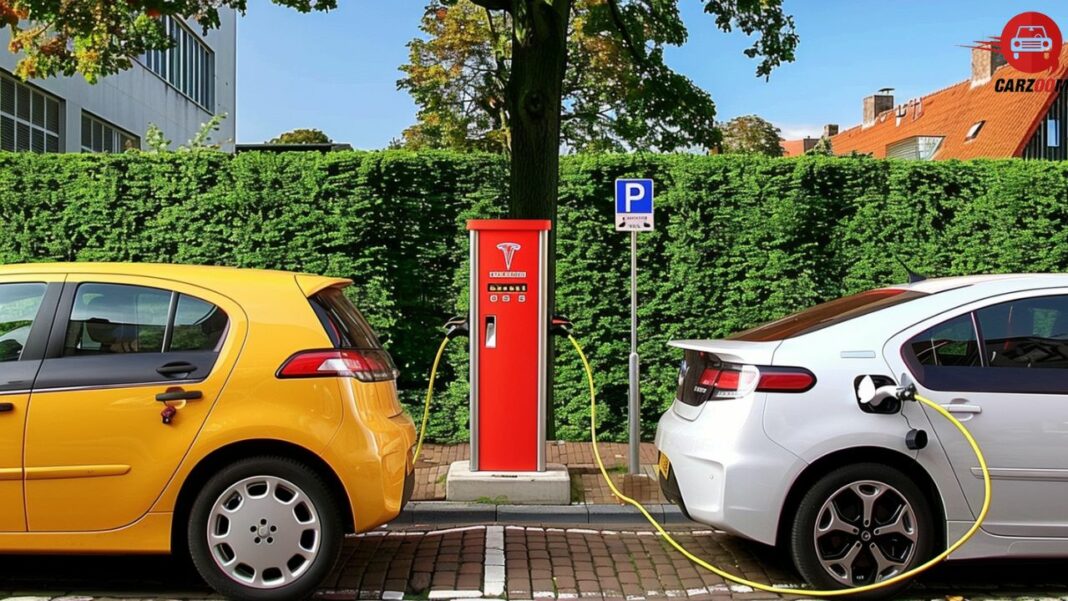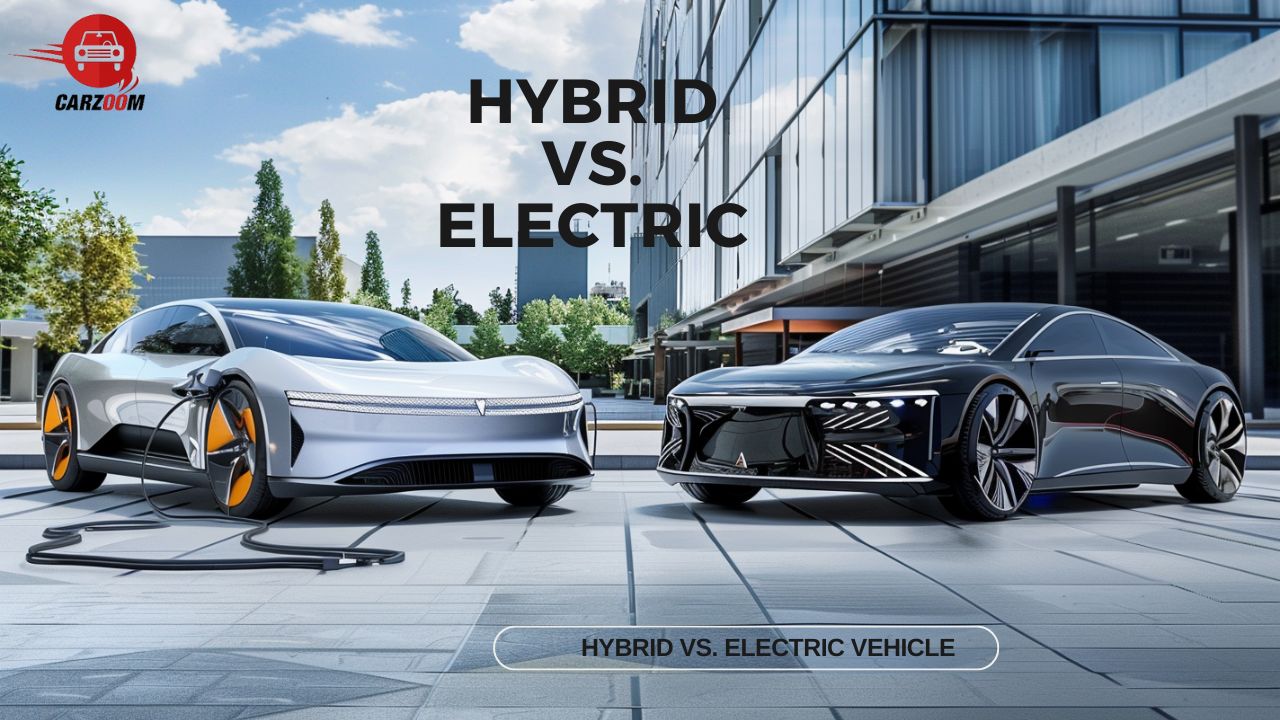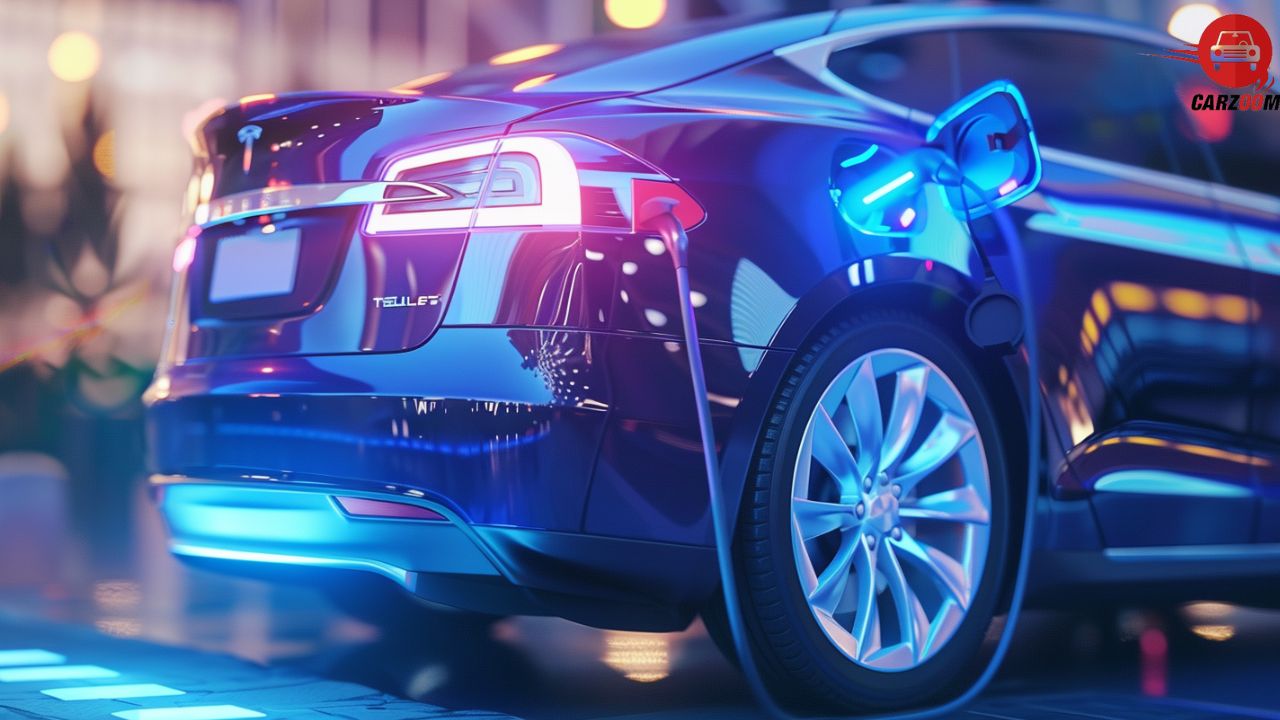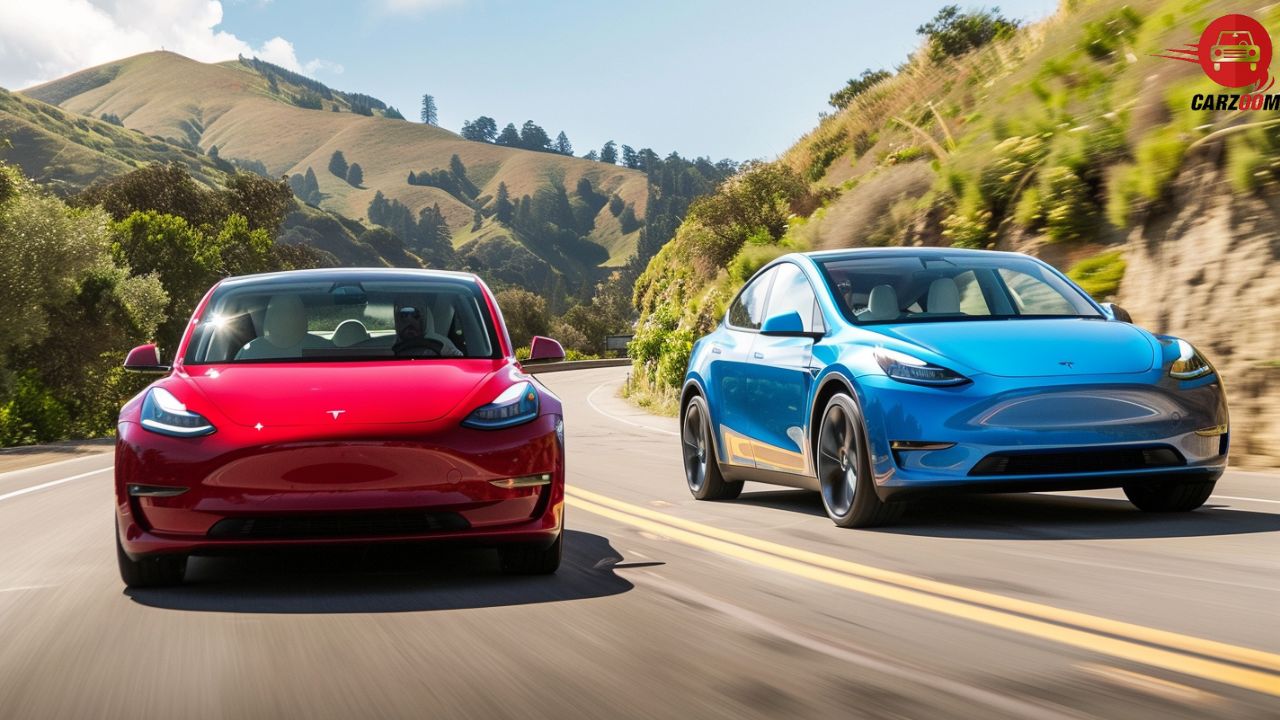Hybrid vs. Electric Vehicle: Choosing the Best Option for you?
As the world shifts towards more sustainable living, choosing the right vehicle has never been more important. When it comes to driving green, there are two popular options: hybrid and electric vehicles. Both offer benefits like lower emissions and potential savings on fuel, but they also have their own unique advantages and drawbacks.
This guide is here to help you understand the main differences between hybrid and electric vehicles and how they can impact your life. Whether you want to save money, drive more quietly, or simply reduce your carbon footprint, we’ll walk you through the essentials. By the end of this article, you’ll have a clearer picture of which type of vehicle could be the perfect fit for you.
What is a Hybrid Vehicle?
A hybrid car is a type of vehicle that combines a gasoline engine with an electric motor. This allows the car to switch between using the gasoline engine, the electric motor, or both together depending on driving conditions. When you drive a hybrid car, it might use an electric motor for lower speeds or stop-and-go traffic to save fuel and reduce emissions.
The gasoline engine kicks in when more power is needed, such as when accelerating quickly or driving at high speeds. This combination helps hybrids be more fuel-efficient than traditional gasoline-only cars, and they can also emit fewer pollutants. Hybrids usually recharge their electric battery while you drive, so you don’t need to plug them in as you would with an all-electric car.
What is a Electric Vehicles (EVs)?
An electric car, also known as an all-electric vehicle, is a car that runs entirely on electricity instead of gasoline or diesel. It is powered by one or more electric motors that get energy from rechargeable batteries. Because electric cars don’t have a traditional combustion engine, so they produce zero tailpipe emissions, making them a cleaner choice for the environment.
Electric cars have a variety of features and benefits. They tend to have quick acceleration due to the instant torque provided by the electric motor, and they operate quietly, offering a smooth and silent ride. The range of an electric car—how far it can go on a single charge—depends on the size of the battery. Charging times also vary depending on your charger; some chargers can give you a full charge in just a few hours, while others may take longer.
Hybrid vs. Electric: Key Considerations
| Consideration | Hybrid Vehicles | Electric Vehicles |
| Environmental Impact | Lower emissions compared to traditional vehicles, but not as low as electric vehicles | Zero tailpipe emissions; cleaner choice for the environment |
| Fuel and Energy Efficiency | Uses both gasoline and electricity for power; more efficient than traditional vehicles | Powered entirely by electricity; very efficient when charged with renewable energy |
| Performance | Generally offers a good balance of power and efficiency; may rely on gasoline engine for higher speeds | Quick acceleration due to instant torque from the electric motor; smooth and quiet ride |
| Driving Range | Extended range due to the gasoline engine; can travel farther without refueling | Range is limited by battery capacity; can vary from 100 to 300+ miles on a full charge |
| Charging and Fueling | Uses both gasoline stations and electric charging; may not need to be charged as often | Requires charging infrastructure; home charging and public charging stations available |
| Cost Considerations | Typically less expensive than electric vehicles initially; savings on fuel | Higher upfront cost; long-term savings on fuel and maintenance |
| Incentives | Some incentives available, though generally fewer than for electric vehicles | More incentives and rebates available in some areas for purchasing electric vehicles |
| Maintenance | Lower maintenance costs compared to traditional vehicles; contains both electric and gasoline components | Low maintenance costs due to fewer moving parts; no oil changes needed |
| Driving Experience | Smooth ride, quieter operation, and flexible for long trips | Very quiet ride and smooth driving experience; best suited for urban or suburban driving |
| Charging Time | No need for charging stops; can refuel quickly at gas stations | Charging time depends on charger type; fast chargers can provide quick top-ups, while regular chargers take longer |
| Availability of Models | Many hybrid options available in different vehicle categories (cars, SUVs, trucks) | Growing variety of electric vehicles; expanding options across different categories |
Current Trends and Developments in 2025
In 2024, the landscape of hybrid and electric vehicles continues to evolve rapidly. Here are some current trends and developments in the industry:
- Improved Battery Technology: Advances in battery technology have led to increased energy density and efficiency, allowing electric vehicles (EVs) to travel longer distances on a single charge. This helps alleviate range anxiety and makes EVs more practical for daily use.
- Faster Charging: Charging infrastructure continues to expand, with more fast-charging stations being installed globally. New charging technologies enable EVs to charge more quickly, reducing the time needed to recharge and making EVs more convenient for long-distance travel.
- Lower Costs: The cost of electric and hybrid vehicles is gradually decreasing as technology improves and production scales up. This makes these vehicles more accessible to a broader range of consumers.
- Greater Model Variety: Automakers are expanding their electric and hybrid vehicle offerings across various categories, including sedans, SUVs, trucks, and even luxury vehicles. This gives consumers more options to choose from and caters to different preferences and needs.
- Increased Focus on Sustainability: Beyond emissions reductions, manufacturers are also looking at the full lifecycle sustainability of vehicles, including the production and recycling of batteries and components.
- Government Policies and Incentives: Many governments continue to support the adoption of electric and hybrid vehicles through incentives such as tax credits, rebates, and reduced registration fees. Some cities and regions are also planning to ban the sale of new internal combustion engine (ICE) vehicles in the future.
- Autonomous and Connected Features: EVs and hybrids increasingly incorporate autonomous driving and connected technology features, enhancing the driving experience and safety.
- Electric Vehicle-to-Grid (V2G) Technology: This technology allows EVs to store excess energy and sell it back to the grid during peak demand times, providing a new potential revenue stream for EV owners and supporting the power grid’s stability.
- Partnerships and Collaborations: Companies in the EV industry are increasingly partnering with energy providers, technology firms, and governments to develop and improve charging infrastructure and integrate EVs into the broader energy ecosystem.
- Global Market Expansion: Electric and hybrid vehicles are becoming more prevalent in markets around the world, including emerging economies, as the benefits of these vehicles become more widely recognized.
These trends and developments indicate a bright future for hybrid and electric vehicles, with continuous improvements in technology and infrastructure helping to drive their adoption and integration into everyday life.
Challenges and Controversies
| Challenges/Controversies | Hybrid Vehicles | Electric Vehicles |
| Charging Infrastructure | Less reliant on charging stations; can use gas stations for refueling | Requires access to charging stations, which may be limited in some areas |
| Range Anxiety | Extended range due to gasoline engine; less concern for longer trips | Limited range due to battery capacity; can cause anxiety on longer trips |
| Battery Disposal | Battery recycling and disposal may pose environmental concerns | Disposal of large EV batteries requires careful handling to minimize environmental impact |
| Initial Cost | Typically less expensive than EVs, but more than traditional vehicles | Higher upfront costs compared to hybrids and traditional vehicles |
| Performance Limitations | May have less powerful electric motors compared to EVs | Performance may be impacted by temperature or battery state of charge |
| Infrastructure Costs | Existing gas infrastructure minimizes additional costs | Requires investments in charging stations, power grid upgrades |
| Emissions | Produces emissions from gasoline engine | Produces zero tailpipe emissions, but some emissions may be associated with electricity generation |
| Government Support | May have fewer incentives than EVs | More government incentives available in some regions |
| Public Perception | Generally seen as a bridge between traditional and electric vehicles | Gaining popularity but may face skepticism from traditional car enthusiasts |
| Market Availability | Broad range of models available, including trucks and SUVs | Increasing range of models, but may have fewer options in some categories |
Conclusion
In the decision between hybrid and electric vehicles, there is no one-size-fits-all answer. Each type of vehicle offers its own set of advantages and challenges, depending on your driving habits, budget, and environmental goals. Hybrids provide the flexibility of combining gasoline and electric power, making them ideal for longer trips and varied driving conditions. Electric vehicles, on the other hand, are the top choice for those seeking zero emissions and the latest in modern driving technology.
As both hybrid and electric vehicles continue to evolve, you can expect advancements in performance, charging infrastructure, and overall affordability. By taking into account the current trends, as well as the unique considerations for each type of vehicle, you can make an informed decision that best suits your lifestyle and priorities.
How much did you like Our detailed Hybrid or electric? Review Also, please share these Blogs with your friends on social media.
Recommended


